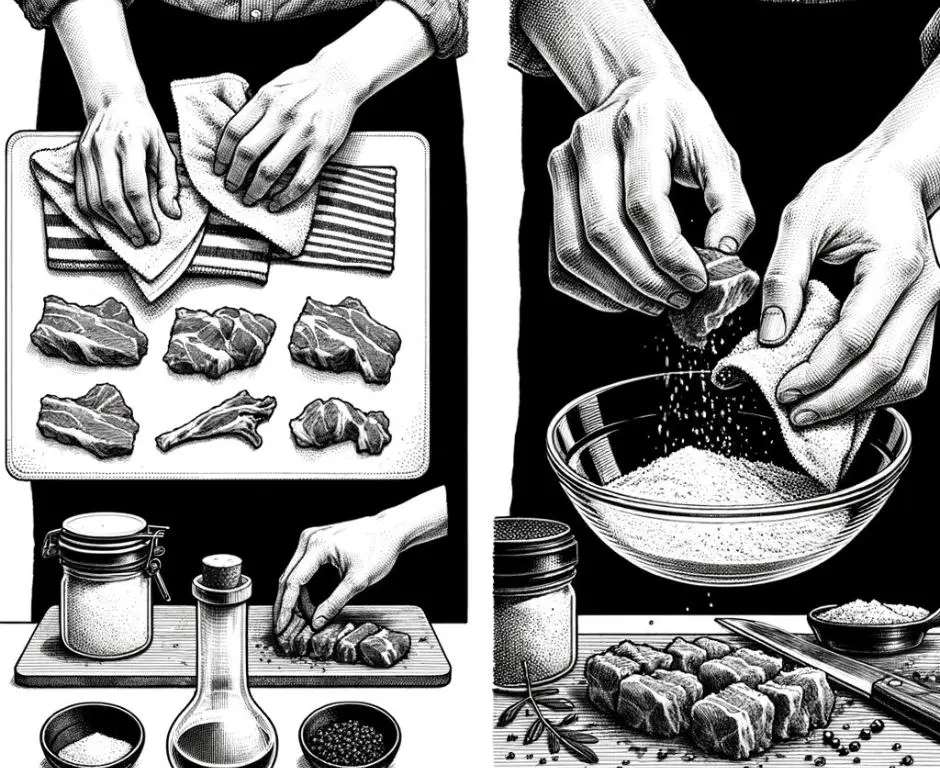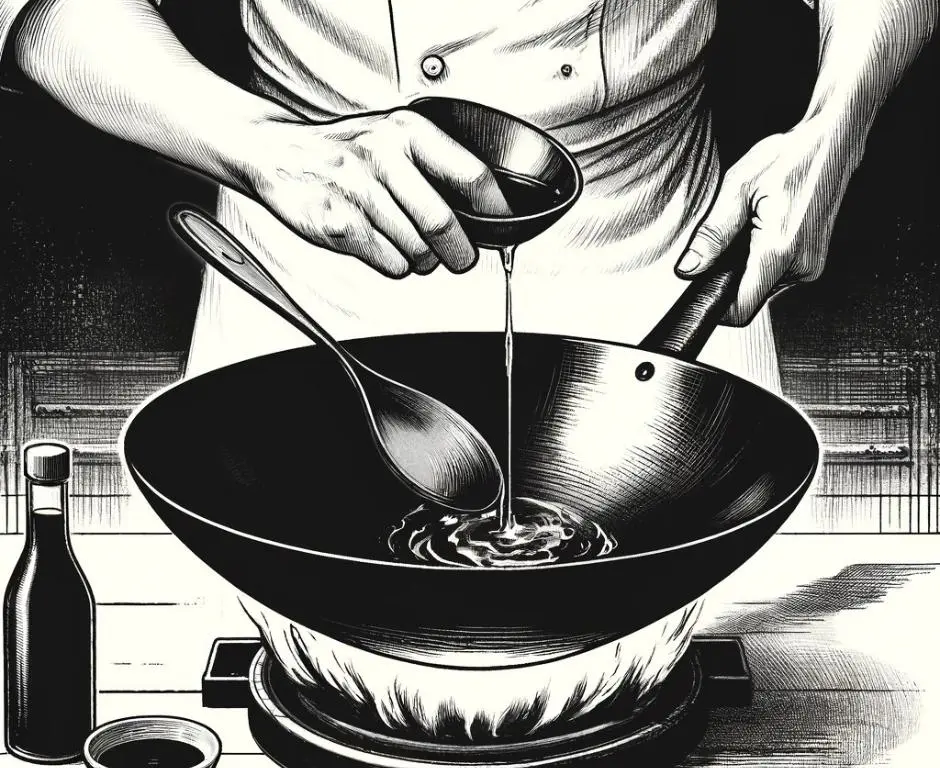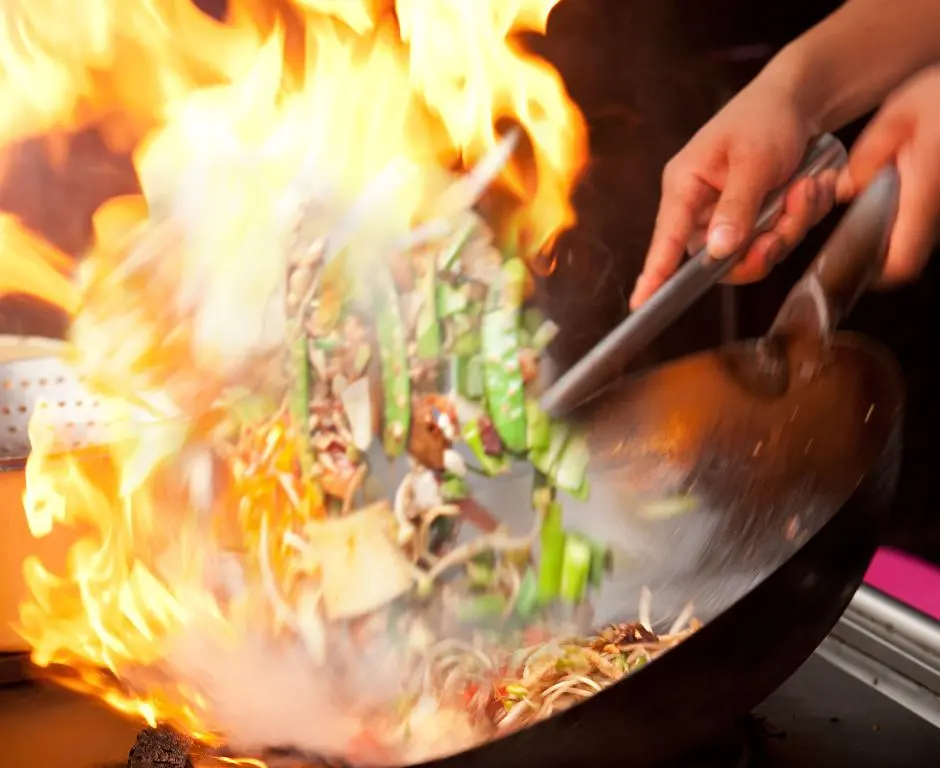Stir-frying is a fast, versatile, and healthy cooking technique popularized by Asian cuisines that involves quickly cooking food in a small amount of very hot oil while stirring continuously.
It’s an excellent method for cooking meat as it seals in flavors and maintains tenderness, making it perfect for creating vibrant, flavorful dishes that are both satisfying and nutritious.
In this guide, we’ll delve into the details of how to effectively stir-fry meat, exploring the best cuts and providing step-by-step instructions to perfect this cooking method.
What is Stir-Frying?
Stir-frying is characterized by its quick cooking process at high temperatures, using a wok or a large skillet. This method not only cooks meat rapidly but also preserves the color, texture, and nutrients of the accompanying vegetables and other ingredients.
The key to successful stir-frying is preparation and organization, as the cooking process itself is fast and demands immediate attention.
Best Cuts for Stir-Frying
Choosing the right cuts of meat is crucial for optimal results in stir-frying. These cuts should be tender and able to cook quickly:
- Beef: Flank steak, sirloin, or tenderloin, thinly sliced against the grain.
- Pork: Tenderloin or boneless loin, cut into thin strips.
- Chicken: Breast or thighs, thinly sliced or cut into bite-sized pieces.
- Lamb: Leg or loin, thinly sliced.
These cuts are not only quick to cook but also absorb flavors well, making them ideal for the high-heat and fast-paced nature of stir-frying.
Step-by-Step Guide to Stir-Frying Meat
Equipment Needed:
- Wok or large frying pan
- Spatula or tongs
- Cooking oil with a high smoke point, such as peanut or vegetable oil
Cooking Steps:
Preparation:
Start by thinly slicing the meat to ensure even and quick cooking. Make sure the meat is as dry as possible to prevent steaming.
Prepare all ingredients before heating the wok, as stir-frying is a swift process.

Marinate the Meat:
Although optional, marinating the meat can add additional flavor. Use soy sauce, garlic, ginger, and a touch of cornstarch to tenderize and flavor the meat.
Heat the Wok:
Heat your wok until it’s nearly smoking. Add a few tablespoons of oil, swirling to coat the surface.

Cook the Meat:
Add the meat to the wok in a single layer, allowing it to sear undisturbed for about 30 seconds before stirring.
Stir continuously to ensure even cooking and prevent burning. Once the meat is nearly cooked through, remove it from the wok and set it aside.
Cook Additional Ingredients:
If using vegetables, add them to the wok next, starting with the hardest ones that take longer to cook.
Return the meat to the wok along with any additional sauces and quickly toss everything together to finish cooking.
Serve Immediately:
Stir-frying is best served hot right off the stove. Serve over rice or noodles for a complete meal.
Tips for Perfect Stir-Frying
- High Heat is Key: Maintain high heat throughout cooking to sear the meat and vegetables quickly without losing moisture.
- Do Not Overcrowd the Wok: Cook in batches if necessary to ensure every piece of meat and vegetable has direct contact with the heat.
- Prep Everything Ahead: Since the cooking happens quickly, having all your ingredients ready and within reach is essential.
Common Mistakes to Avoid
- Adding Cold Meat to the Wok: Allow the meat to come to room temperature before cooking to ensure it cooks evenly.
- Stirring Too Infrequently: Consistent stirring is crucial to prevent the meat from burning and to ensure that it cooks uniformly.
Conclusion
Stir-frying is a dynamic and efficient way to prepare delicious, healthful meals quickly. By following these techniques and tips, you can master the art of stir-frying meat, making meals that are packed with flavor and ready in minutes.
Whether you’re a beginner or an experienced cook, stir-frying offers endless possibilities for creativity and variety in your culinary repertoire.
